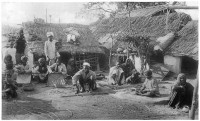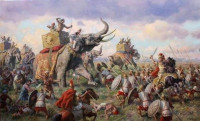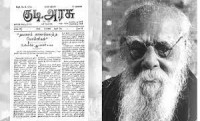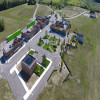Why and when did Delhi become the capital?
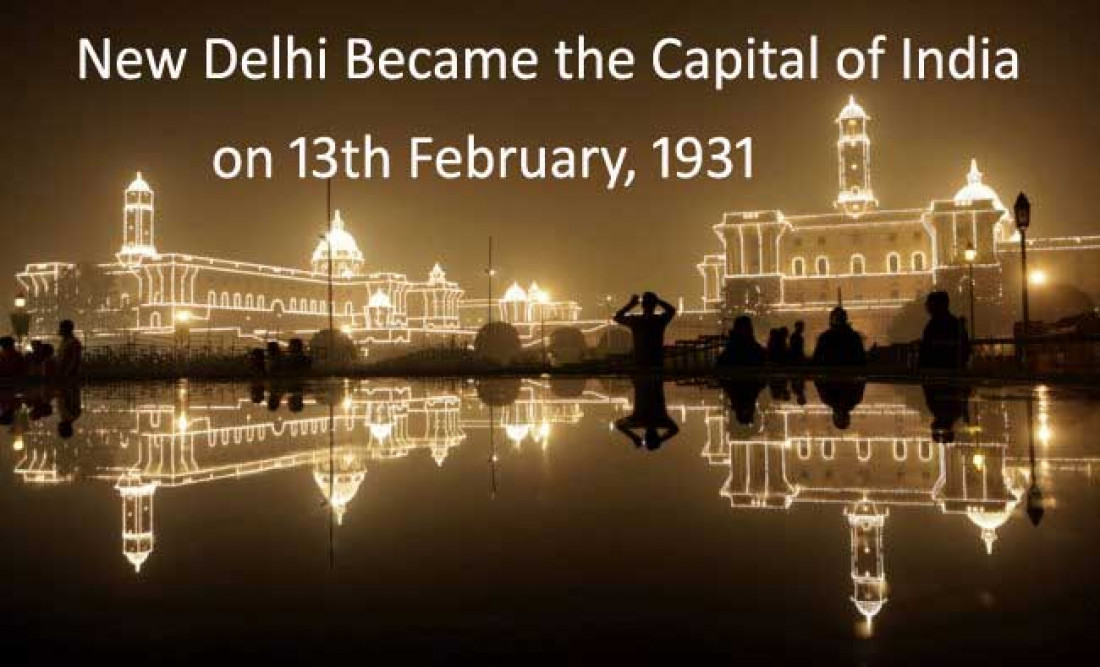
Delhi itself lives in a huge history and is getting more intense every day. Delhi is said to have been settled many times and destroyed. As far as New Delhi is concerned, it is the capital of India. New Delhi is located within the city of Delhi and is one of eleven districts in the territory of the Delhi Union. Let's find out some interesting things about Delhi and New Delhi.
Where did the name Delhi come from?
Let's talk first about naming Delhi. Most cities or countries have some history behind their name. In such a case, some stories are also associated with the name Delhi. According to one story, a city was established here in 50 BC by a king named Dhillu after which the city became called Delhi. One of the stories is that the name Delhi came from the loose word Prakrit language. Its history is that the term loosely used for Delhi was used by the ruler of Tomar in the 8th century because the basis of the iron column for Delhi was weak and had to be changed. There is evidence that the coin that was in circulation during the rule of the Tomar dynasty was called Delhihiwal and in the name of this city it was called Delhi or Delhi. The city is also believed to have been first mentioned in the 6th century BC.
When did Delhi become the capital?
Delhi became the undivided capital of India on February 13, 1931. On December 12, 1911, King George V laid the foundations for the new capital during a royal ceremony at the court of New Delhi. On this occasion he announced that Delhi would now be the capital of India, instead of Calcutta. Then Lord Irwin opened New Delhi on February 13, 1931, after waiting 20 years. Delhi was the capital of India from 1912 to 1931 as the temporary capital. Meanwhile, when India became independent on August 15, 1947, a decision was made to make New Delhi the capital.
Why did Delhi become the capital?
The British had a different argument behind this. About 100 years ago, the Viceroy of India, Lord Harding, wrote a letter explaining why Delhi should make Great Britain the capital of its empire instead of Calcutta. This letter was sent from Shimla to London on August 25, 1911. The Minister of State for India Affairs was also addressed. Harding argued that it would be more beneficial if Delhi was in the center.
Aside from this, the British rulers felt that it would be better for Delhi to be the capital rather than Calcutta for the good governance of the country. This is because judging from here will be more effective. Reflecting on this, British Maharaja George V gave orders to take the nation's capital to Delhi.
Let's know the situation after independence ...
After independence, New Delhi became the capital of the country. An important chapter was added to the history of Delhi on November 1, 1956, when the State Reorganization Act, 1956 came into effect on this day, and was granted the status of Union Territory, that is, Union Territory. Under the Constitution (Sixty-ninth Amendment) Act 1991, the Federal Territory of Delhi was formally transformed into the National Capital Territory of Delhi. While many powers were granted to the elected government in the country, according to the law and system of the central government. The law came into effect in 1993.
Who owned Delhi?
If we talk about this, then in 1952, Congress leader Choudhury Brahm Prakash was on the throne of Delhi, when the Prime Minister was forced to step down in 1955 after a long confrontation with Chief Commissioner Anand De Pandit.
Then in 1956, the territory of the Delhi Union was established and the provisions of the Assembly and the Delhi Cabinet were abolished. The Municipality of Delhi was formed in 1966 under the Delhi Administration Act and is headed by the Deputy Governor. The municipality had no legislative powers. Then until 1990, a similar rule continued in Delhi.
After that, Amendment Bill No. 69 was passed into the constitution. The Legislative Assembly was formed after the 1991 amendment of the National Capital Territory Act, which came into effect. There are 70 members in Delhi and currently on the Delhi Council. The MLA is elected to a term of 5 years.

Manoj Bhiva
Manoj Bhiva is a dedicated writer who loves to write on any subject. Manoj Bhiva maintains a similar hold on politics, entertainment, health, abroad articles. Manoj Bhiva has total experience of 3 years in web and Social. Manoj Bhiva works as a writer in Wordict Post.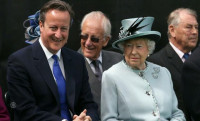
David Cameron held practice crowds with Ruler Charles III
Posted on 13th Sep 2022
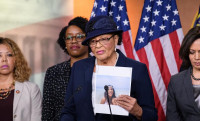
Congresswoman Alma Adams from North Carolina is found to have COVID-19
Posted on 15th Aug 2022

Russian Rocket 'Totally Destroys' Dorm, Unknown Amount Dead: Zelensky
Posted on 18th Aug 2022
